The DHL Green Logistics toolkit
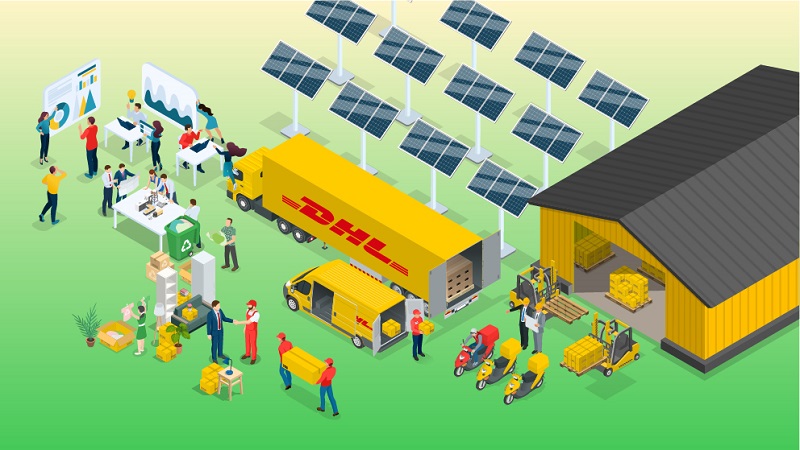
As a business, you may have already introduced greener, more sustainable processes into your manufacturing. This toolkit is designed to give you practical help in improving your organization’s sustainability in logistics, to further reduce its environmental impact.
What are green logistics?
Both eco-conscious customers and government policy are putting increasing pressure on companies to adopt more sustainable, greener practices in every aspect of their business. And that includes logistics.
In fact, ‘green logistics’ and ‘sustainable logistics’ are terms you’re probably reading and hearing more frequently than ever before. But what are green logistics, in fact?
Put simply, green logistics are ways of minimizing the environmental impact and the carbon footprint of logistics activities. Activities like transport, packaging, recycling and storage.
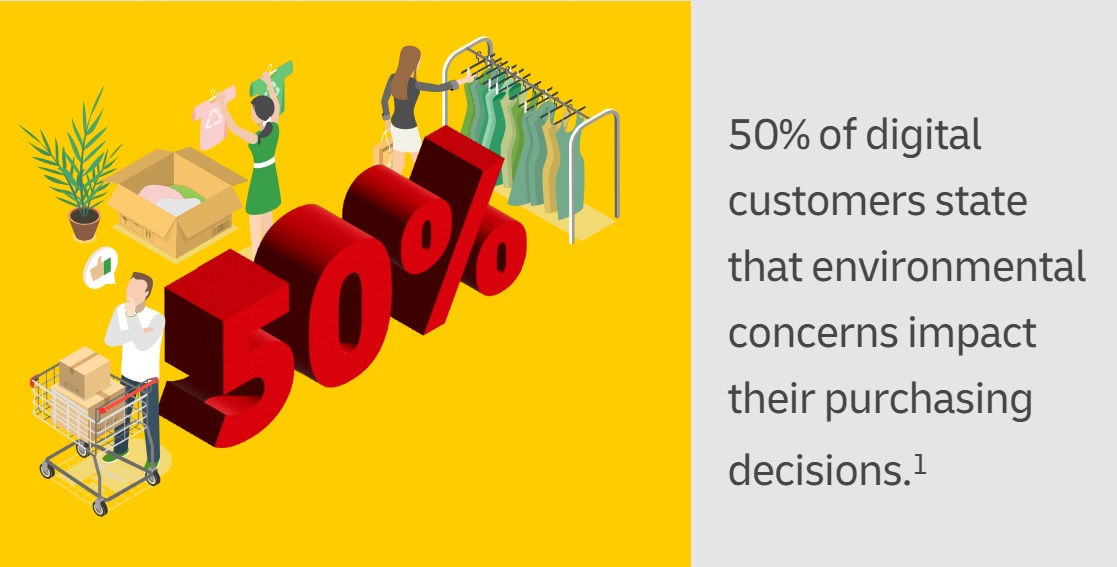 How to improve sustainability in logistics practices
How to improve sustainability in logistics practices
Transport and logistics are responsible for a large proportion of greenhouse gases. So it’s vitally important to make your logistics practices greener and more sustainable. Fortunately, there’s a wide range of steps you can take. Some are changes you can make quite quickly. Others will take more time and exploration.
As well as benefitting the planet and the human race, you may be surprised to learn that many of these changes will actually benefit your bottom line. And of course, all will please your increasingly eco-conscious customers.
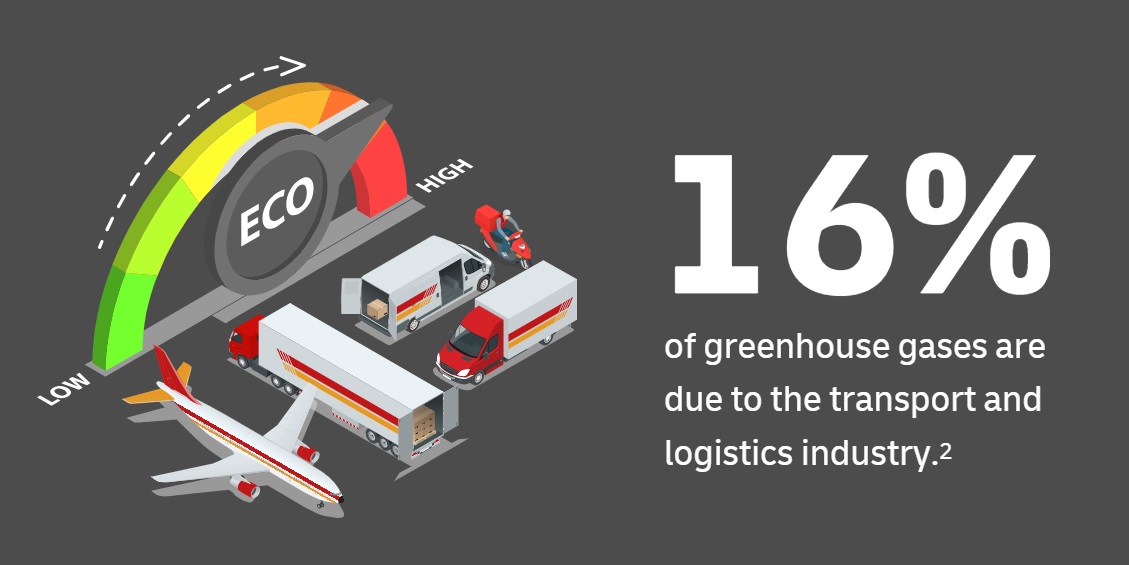 Adopting green packaging materials
Adopting green packaging materials
It’s estimated that up to seven types of packaging material go into a single parcel: tape, cardboard boxes, styrofoam padding and bubble wrap are common ways to protect goods during transport.
Worse still, much of it is plastic. In fact, packaging accounts for almost a third of all plastics production – but only 14% of it is recycled, according to a joint report by the World Economic Forum and the Ellen MacArthur Foundation.
So packaging makes a big contribution to the world’s catastrophic plastic waste problem. And with the increase in e-commerce, that contribution is set to get bigger.
The solution? Green packaging.
Big businesses are increasingly adopting it. Computer hardware giant, Dell, for example, pioneered the use of bamboo packaging to protect some of its products during transport. It’s an easily renewable and incredibly durable source with strength equivalent to steel. Dell is also testing material such as pulp from sugar cane and mushrooms to create a biodegradable alternative to styrofoam.
What you can do
Here are some suggestions on how you too could switch to green packaging:
- British firm Woolcool has developed a sustainable, insulated packing option from sheep’s wool, which can maintain products in chilled, frozen and room temperatures and be re-used four times.
- Huidu Huanbao, a Chinese company, has developed a green recyclable packaging box which can be reused up to 14 times.
- Noissue creates made-to-order, custom packaging, with every product 100% reusable, recyclable or compostable.
These are just three of an increasingly wide range of green packaging options. See if you can source one to suit your product and business.
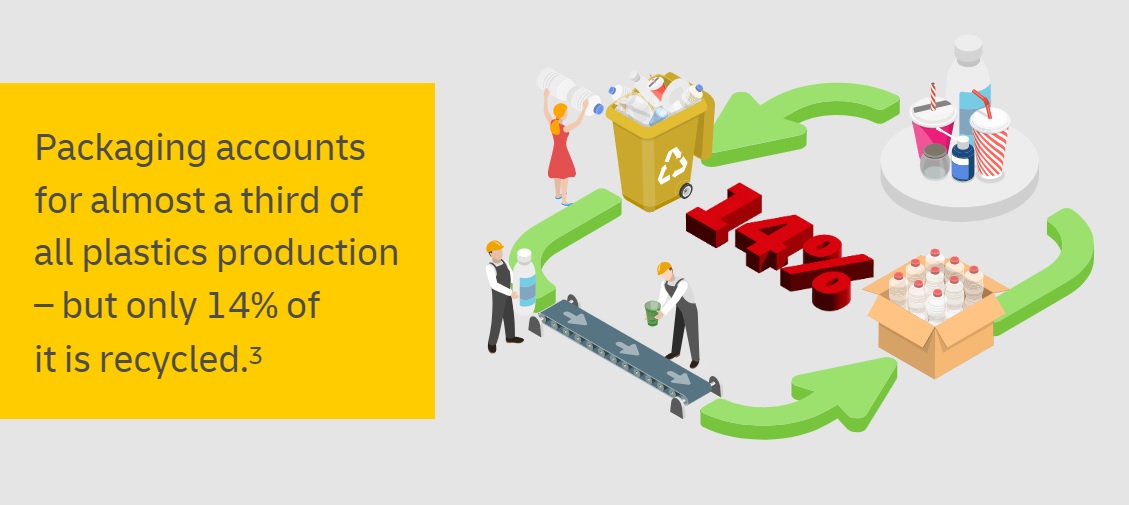 Smarter, space-saving packing
Smarter, space-saving packing
We’ve all received them: small deliveries in huge boxes, with excessive packing materials and layers of wrapping filling the unused space. Nothing is more guaranteed to annoy the eco-conscious customer – to the extent that they are now routinely “packaging shaming” e-commerce companies on social media.
Fortunately, businesses can fix this – and save money – through smarter, green packaging. For example, to combat excessive packaging caused by empty space in individual parcels, DHL worked with one customer in the USA to develop a cartonization system to select right-sized boxes for each shipment. This ensures more boxes can be packed into each shipment, which in turn reduces the overall number of shipments needed – and hence the environmental impact and costs
Other companies have cut waste – and costs – by transporting goods in flexible, protective packages like bags and pouches, which occupy less space. Make sustainable, space-saving packaging one of your green logistics strategies.
What you can do
- Look into using right-sized boxes or flexible packaging for your products, depending on what’s appropriate.
- Choose a logistics company that uses smart cargo-packing software to ensure all the space in containers and vans is utilized to the full – thereby saving you transport costs.
- At DHL, we can help you with both.
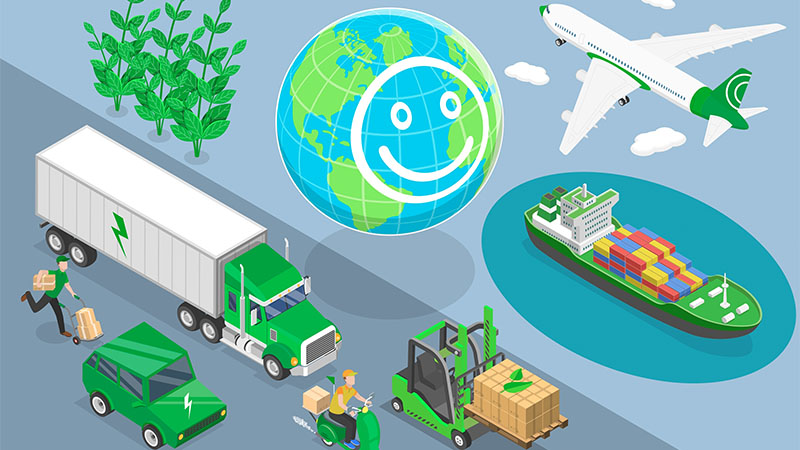 Planning for a green supply chain
Planning for a green supply chain
Waste within your supply chain not only has a big impact on your emissions but also your bottom line. Whether that’s wasted employee time, due to a poor warehouse layout for example, wasted space in the warehouse, or wasted stock due to inadequate inventory planning. Smart technologies can help with reducing these types of waste and improving your yard logistics.
However, by far the most obvious obstacle to achieving a green supply chain is transport. Clearly, you need to move your product from your supplier to your warehouse and from there to your customer. But transport is a notorious contributor to greenhouse gas emissions.
One way to reduce its impact is by Route Optimization. By using Route Optimization tools you can reduce the time and distance to the destination, with no excess mileage, and hence lower fuel consumption – reducing both emissions and costs.
Training delivery drivers in eco-driving also helps – such as driving at the most fuel-efficient speed, whenever possible. And using greener fuel is an even better way to reduce your transport emissions. Most obviously, you can insist on the use of electric vehicles for road transport, but if you’re shipping cross-border, sustainable aviation fuel is now available too.
So there are plenty of ways you can get closer to a green supply chain.
What you can do
- Talk to DHL about Route Optimization. We have invested in Greenplan, a planning solution which uses a unique algorithm, which even considers local traffic flow and the time of day.
- Ask about sustainable solutions for your road transport. At DHL, we’ve been using electric vehicles for many years now – around 20% of our fleet is zero-emissions vehicles. And we aim to electrify 60% of our ground fleet by 2030.
- Ask about green alternatives for shipping via air. Offsetting CO2 is one option, but insetting is a way how you can really help to reduce CO2. Ask us about our Sustainable Aviation Fuel (SAF) service and we can help you to directly reduce your own Scope 3 footprint. We’ve recently made one of the largest SAF deals in history, with BP and Neste committed to supplying us with over 800 million liters until 2026.
- CO2 savings on a lifecycle basis for this deal only is estimated to be equivalent to annual greenhouse gas emissions of approx. 400,000 passenger cars.
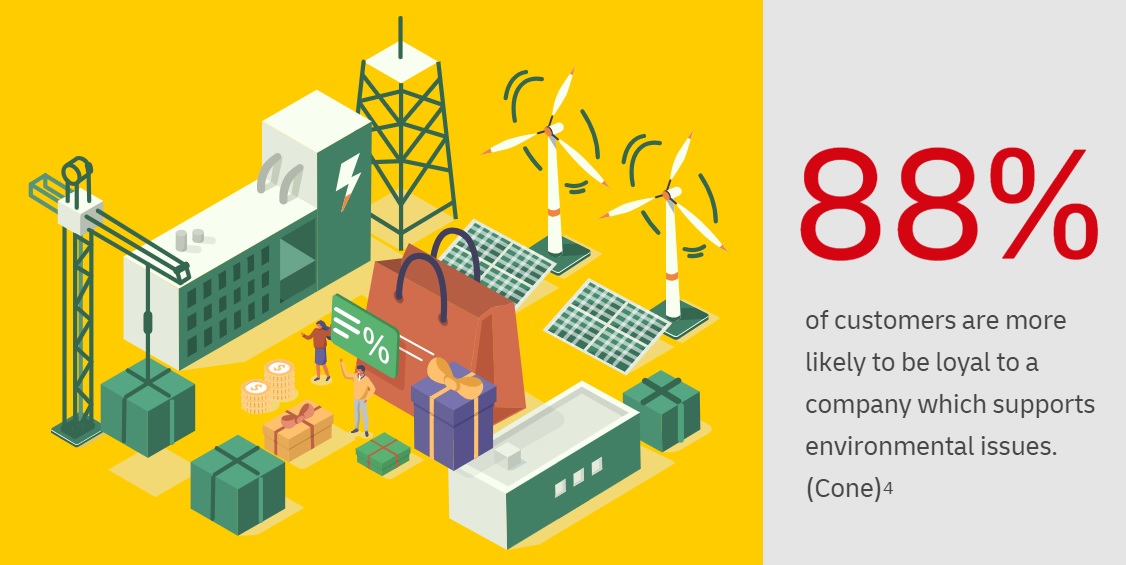 Reducing failed deliveries
Reducing failed deliveries
You can do everything possible to optimize a delivery journey but, if delivery fails, the courier has to make a second, or even a third attempt – instantly pushing up emissions.
Instead, you can ensure your customer is offered plenty of delivery options. ‘Leave with your neighbor, delivery to a parcel locker, or On Demand Delivery (so they can choose a precise slot) can all reduce this problem and the additional emissions and costs that come with it.
Another way of reducing failed deliveries is to enable your customers to track them. The same tracking technology can automatically send them notifications of the delivery day and time, so they can ensure they’ll be there to receive your packages.
Finally, some companies have started using innovative ‘Letterbox packaging’, which enables products you wouldn’t expect to be posted through a customer’s letterbox, if they’re out. Examples of this include packaging for flowers and chocolates and even an innovative flattened wine bottle, courtesy of the London-based wine subscription and delivery service, Garçon Wines.
What you can do
- If failed deliveries are pushing up your costs and environmental impact, talk to us.
- We can offer all the options mentioned above and advise on any other measures you can take, too.
- Consider letterbox packaging, if at all feasible for your product.
Reducing returns – and handling them sustainably
A return automatically means an extra journey for your product, driving up associated CO2 emissions. So how to reduce returns?
You might think passing the cost onto the customer would lower the chances of them sending your product back. But nowadays many customers won’t even consider buying from an e-tailer that doesn’t offer free returns – so it’s better to reduce returns in other ways.
One way is to ensure your website has precise, detailed product descriptions and high-resolution photography and videos. That way, customers can see exactly what they are buying and there are no surprises on receiving the product – making returns less likely.
Another way is to use appropriate packaging to avoid damage in transit. Damaged goods will need returning and probably replacing too – meaning more additional transport and yet more emissions.
Of course, you’ll never eradicate returns completely. But you can ensure you handle them as sustainably as possible too, by providing green packaging for customers to re-use, for example.
What you can do
- Use the DHL Express returns service, which lets customers drop off their returns at a local ServicePoint. From there, we will collate your parcels and deliver them to you in a batch. This means a more efficient process for you, and fewer emissions.
Reducing paper processes
As anyone heavily involved in e-commerce will know, there is a serious amount of paperwork involved in shipping cross-border.
Waybills and Commercial Invoices are crucial. If you’re exporting you may also need Electronic Export Information (EEI) for high value shipments, a Certificate of Origin or other Special Case Documents. If you’re importing you may need a Certificate of Origin Packing List, Power of Attorney, Licenses, Permits, Carnets and more.
The obvious way of going greener in these logistics processes is by ensuring that, wherever possible, you use soft copies of these documents rather than hard paper copies. Likewise, you should try to reduce the paper processes in as many other areas of your business as you can.
What you can do
- Choose a logistics partner which allows you to create documents such as your Waybill online (DHL is, of course, one of these).
- This has the added benefit of helping ensure the information is all present and complete.
 Carbon offsetting and carbon insetting
Carbon offsetting and carbon insetting
You’ll probably be familiar with the term ‘carbon offsetting’ but possibly not ‘carbon insetting’. So what do they mean and what’s the difference?
At its most basic, carbon offsetting is when a company pledges to a customer to plant a tree to offset the CO2 emissions associated with their purchase. In other words, carbon offsetting schemes involve businesses contributing to external climate protection projects to offset their carbon emissions.
Carbon insetting is a relatively new idea. It has been developed as a way of addressing a company’s carbon footprint within its own supply chain. Rather than contributing to external projects that are totally outside a business’s influence, carbon insetting projects aim to avoid or reduce emissions that are directly related to the business. So an organization will collaborate with others in the same supply chain to introduce greener, more sustainable strategies and practices.
For example, here at DHL we have joined United Airlines’ Eco-Skies Alliance program as a way of collaborating with like-minded companies across the aviation value chain. Together, our objective is to fund the purchase of Sustainable Aviation Fuel (SAF) and help decarbonize the sector. This is one pillar of DHL’s own carbon insetting program.
What you can do
- Start carbon offsetting your logistics emissions straight away – there are plenty of offsetting schemes.
- Ask about our GoGreen service, a carbon-neutral shipping option that helps you calculate your company’s transport-related emissions and then offsets them through external climate protection projects. You get GoGreen stickers to place on your shipments to show customers your commitment, and an annual certificate stating the total amount of CO2 you’ve offset.
- A carbon insetting scheme may take longer to get up and running and will involve collaborating with other companies in your supply chain, but arguably it’s a better longer-term alternative.
More sustainable storage
At first glance, green logistics are chiefly about getting your product from A to B with as few CO2 emissions as possible. However, they can also include more sustainable storage.
For example, insulating your warehouses can save energy on heating, which will reduce emissions. You can also look at reducing water waste, perhaps going as far as installing a rainwater harvesting system. Low energy LED lighting is a must. And, as mentioned earlier, more efficient warehouse layout and planning will save time, energy, space and money – as well as emissions. Smart technologies and automation can help with this.
It’s also worth thinking about the locations of your warehouses. Are they close to the customer demand? Positioning them closer to customers will save on emissions from last-mile delivery transport. If your main warehouses are a long way from the customer, a quick fix is to introduce pop-up warehouses for your most popular products.
Last but not least, if your business has physical retail stores, you could set up a system to deliver from them, rather than your warehouse, depending on proximity to the customer.
What you can do
- Ensure your warehouse is as environmentally friendly as possible in terms of energy.
- Make your warehouse as efficient as possible – greater efficiency generally means fewer emissions and always less waste.
- Think about your warehouse locations to reduce last-mile transport emissions and perhaps deliver from a nearby physical store instead.
The benefits of green logistics
The benefits of green logistics to the climate, the planet and the general population have never been clearer or more crucial. However, many of the measures outlined above involve making areas of your business more efficient, which in itself will save you money. And with fuel and energy costs so high at the moment, you may already be looking at these particular areas from a cost-saving point of view anyway.
One important thing to remember, if you decide to implement some of the ideas in our Green Logistics Toolkit: make sure your customers know about it. Customers are becoming increasingly eco-conscious and adopting green logistics strategies will make your business more attractive to them – but only if you make them aware of what you’re doing. So make sure you promote it on your website and at every other opportunity such as, for example, using our GoGreen parcel stickers if you take advantage of our GoGreen service.
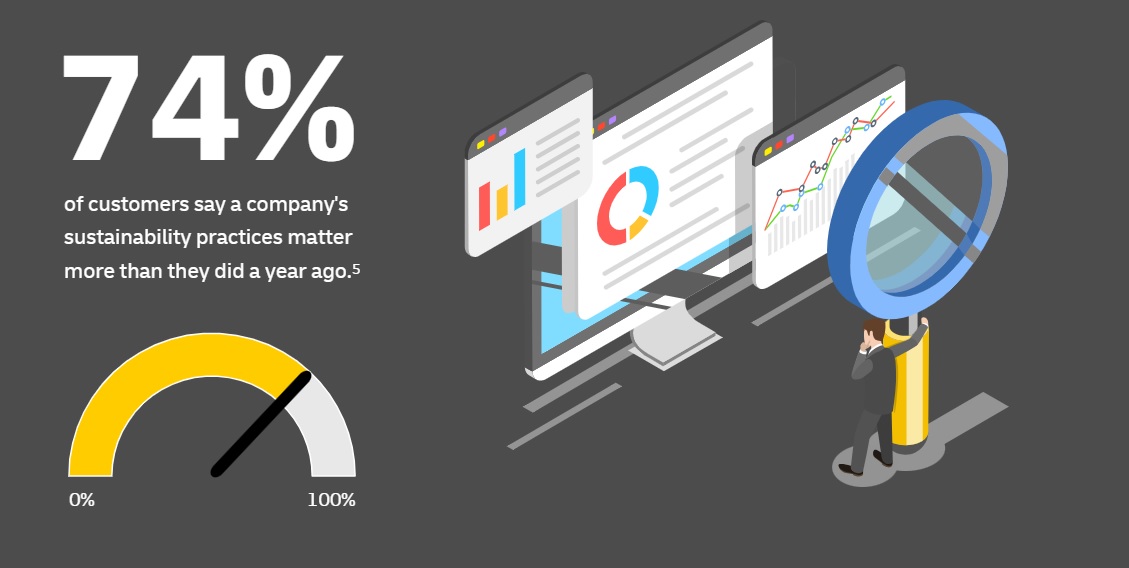 GoGreen: What DHL are doing
GoGreen: What DHL are doing
At DHL we have a very strong sense of environmental responsibility and commitment. So we’ve set up GoGreen, a worldwide environmental protection program to support you, our customers, to grow sustainably. Its main objective is to reduce and avoid the emission of greenhouse gasses and local air pollutants.
With our GoGreen services, you can offer your customers Climate-Neutral Shipping, contributing to projects which fight climate crisis, and share transparent figures on your carbon footprint impact with our bespoke Carbon Reports.
The program is also designed to help drive our wider goal, ‘Mission2050: Zero Emissions’. This is our commitment to reduce all our logistics-related emissions to net-zero by 2050.
References
1 Introducing GoGreen article - Why should your business GoGreen?
2 Introducing GoGreen article - Making the future greener together
4 Introducing GoGreen article - Why should your business GoGreen?
5 Introducing GoGreen article - Why should your business GoGreen?


